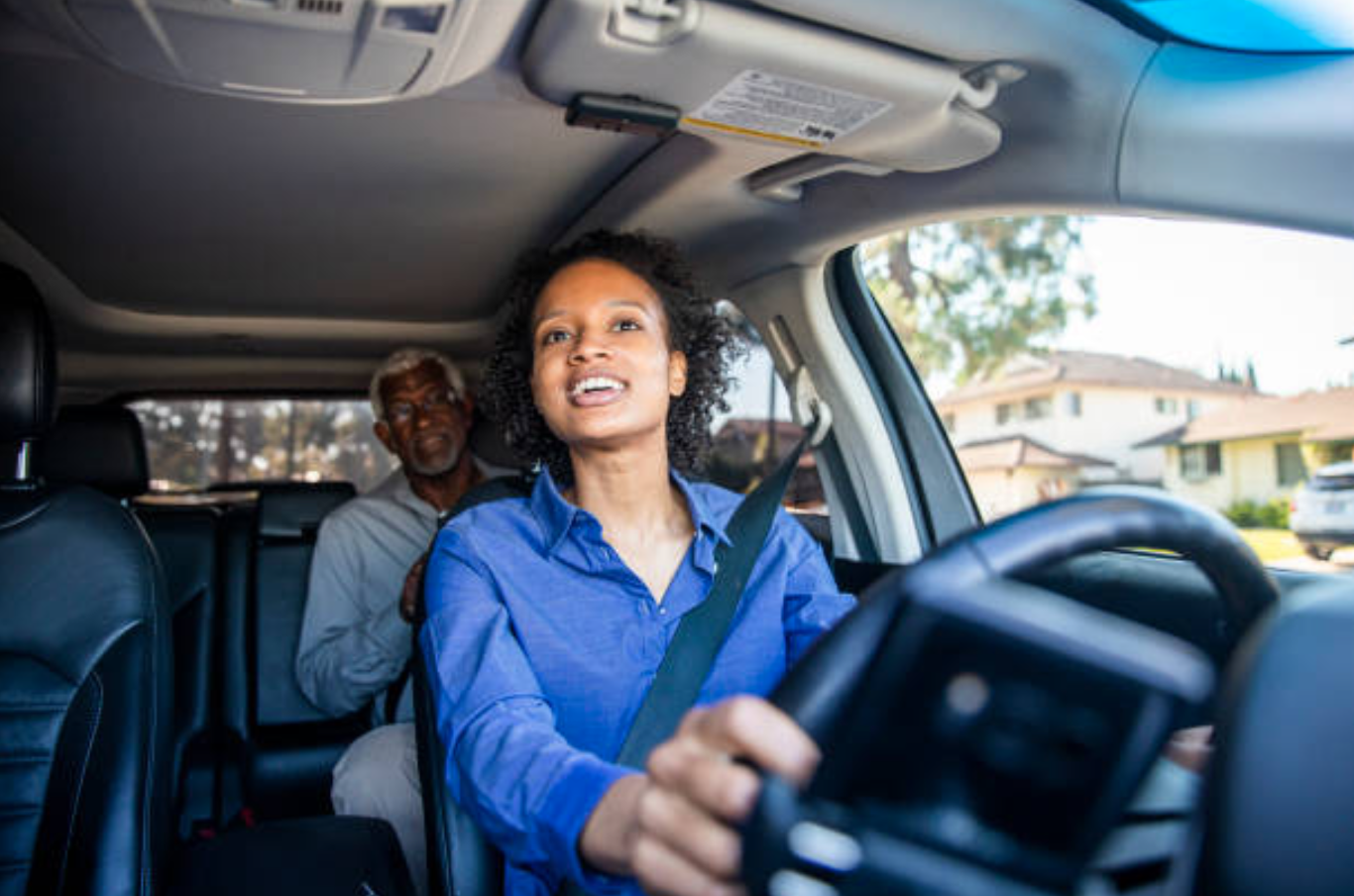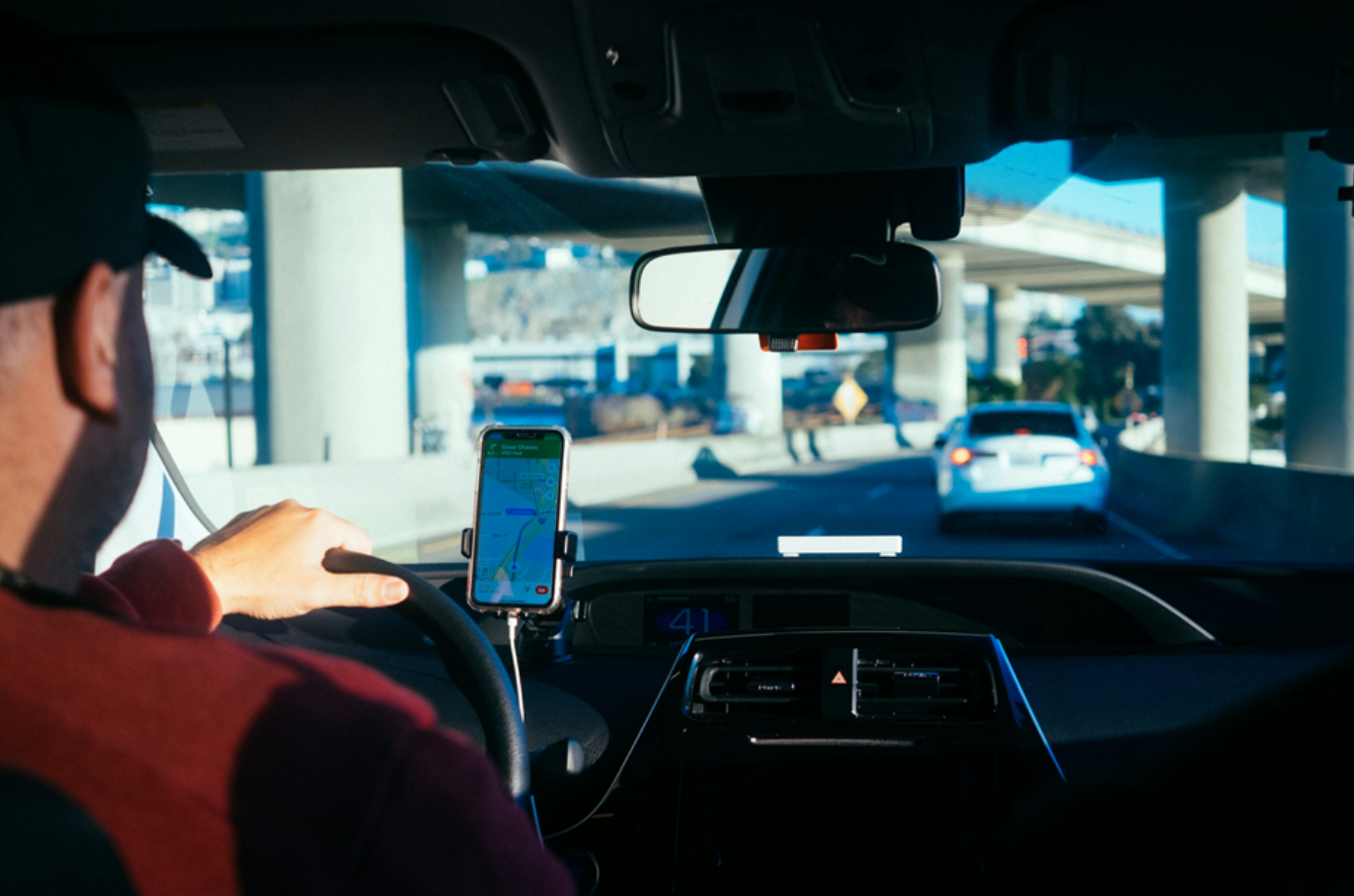By prioritizing emergency preparedness and implementing more rigorous training standards, the industry can better protect both drivers and passengers.
Rideshare accidents have seen significant uptake in recent years. With millions of rides completed daily through platforms like Uber and Lyft, the safety of both drivers and passengers’ hinges on proper emergency response training. This article examines current training practices and evaluates whether rideshare drivers are adequately prepared for unexpected situations.
Current Training Practices for Rideshare Drivers
Major rideshare companies currently provide primarily digital onboarding programs for new drivers. These typically include video modules, online quizzes, and basic safety guidelines.
While comprehensive for routine operations, these training methods often fall short in preparing drivers for real-world emergencies. Most platforms focus on app navigation, customer service, and basic road safety, with emergency response training following a rideshare accident receiving limited attention.
Types of Rideshare Emergencies Encountered
Rideshare drivers face various emergency situations that require quick thinking and decisive action. The most common emergencies include:
- Medical emergencies (passenger illness or injury)
- Vehicle breakdowns in unsafe locations
- Aggressive or intoxicated passengers
- Natural disasters or severe weather conditions
- Traffic accidents
- Passenger disputes or violence
- Carjacking attempts
These situations are further complicated by factors such as nighttime operation, unfamiliar neighborhoods, and the responsibility for passenger safety. The dynamic nature of rideshare work means drivers must be prepared for multiple scenarios at any time.
Driver Preparedness for Emergency Situations
Research suggests that many rideshare drivers feel underprepared for emergency situations. A recent industry survey revealed that one-third of rideshare drivers have been involved in an accident while actively driving.
Real-world incidents have shown both the importance of proper training and the consequences of its absence. In Boston, a driver’s quick thinking together with an emergency support feature during a passenger medical emergency can save a life, while numerous reports of poorly handled situations highlight the need for better preparation.
Improving Emergency Training for Drivers
To enhance driver emergency readiness, rideshare companies need to implement more robust training programs. This should include hands-on emergency response training, regular safety refresher courses, and real-time support systems.

Additional safety measures include integrated panic buttons to enhance a driver’s security or services such as automated emergency response to provide assistance should an accident occur. Companies should also consider partnering with emergency response professionals to develop more comprehensive training protocols.
The Future of Rideshare Safety
The future of rideshare safety depends on a proactive approach to driver training. While current practices provide a foundation, there’s significant room for improvement in emergency preparedness. Rideshare companies must invest in their employees by offering drivers a comprehensive training program that will prepare them for the unpredictable nature of their work.
As the industry continues to evolve, the implementation of standardized emergency response training could become a crucial differentiator for rideshare platforms and a vital component of public safety. The effectiveness of rideshare driver training in emergencies remains a critical concern that demands immediate attention from industry leaders, regulators, and safety experts alike.
By prioritizing emergency preparedness and implementing more rigorous training standards, the industry can better protect both drivers and passengers while building a more resilient transportation system for the future.


Join the conversation!